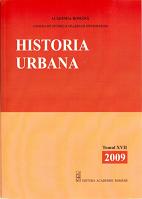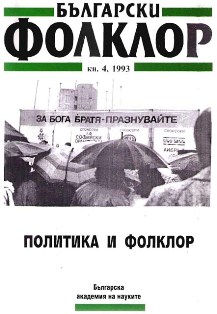Author(s): I. Gheorghe Cantacuzino / Language(s): French
Issue: 17/2009
Usually, it is believed that the number of churches, cult edifices erected in towns, in the middle of a neighbourhood, reflects the number of inhabitants of the settlement. The growth in population determined the construction of new churches or the enlargement of the existing ones, in the same manner in which the changes produced in the demographic evolution resulted in the abandonment of some of the cult edifices. These elements can be examined in various towns by comparing the construction or transformation dates of the churches, as they are known from engravings, documents or from the results of archaeological excavations. By examining the number of churches in the medieval towns of Valachia – Câmpulung, Argeş, Severin, Târgovişte, Bucureşti, Râmnicu Vâlcea, Buzău, Piteşti, Craiova – or in areas that have lost their urban character – Târgşor, Gherghiţa, Floci – one can come to interesting conclusions concerning the evolution of these settlements. The cult edifices of the different confessions belonged to a population comprising different ethnic groups. In the analysis of the connection between the number of cult edifices and the number of inhabitants, one has to take into account the circumstances in which the churches were founded, the religious reasons, the type of church – parish church, class chapel, monasteries erected in towns or nearby. The great number of churches reflects quite clearly the importance of the town, especially of those where there were princes’ residences, metropolitan or bishops’ churches, administrative centres.
More...




